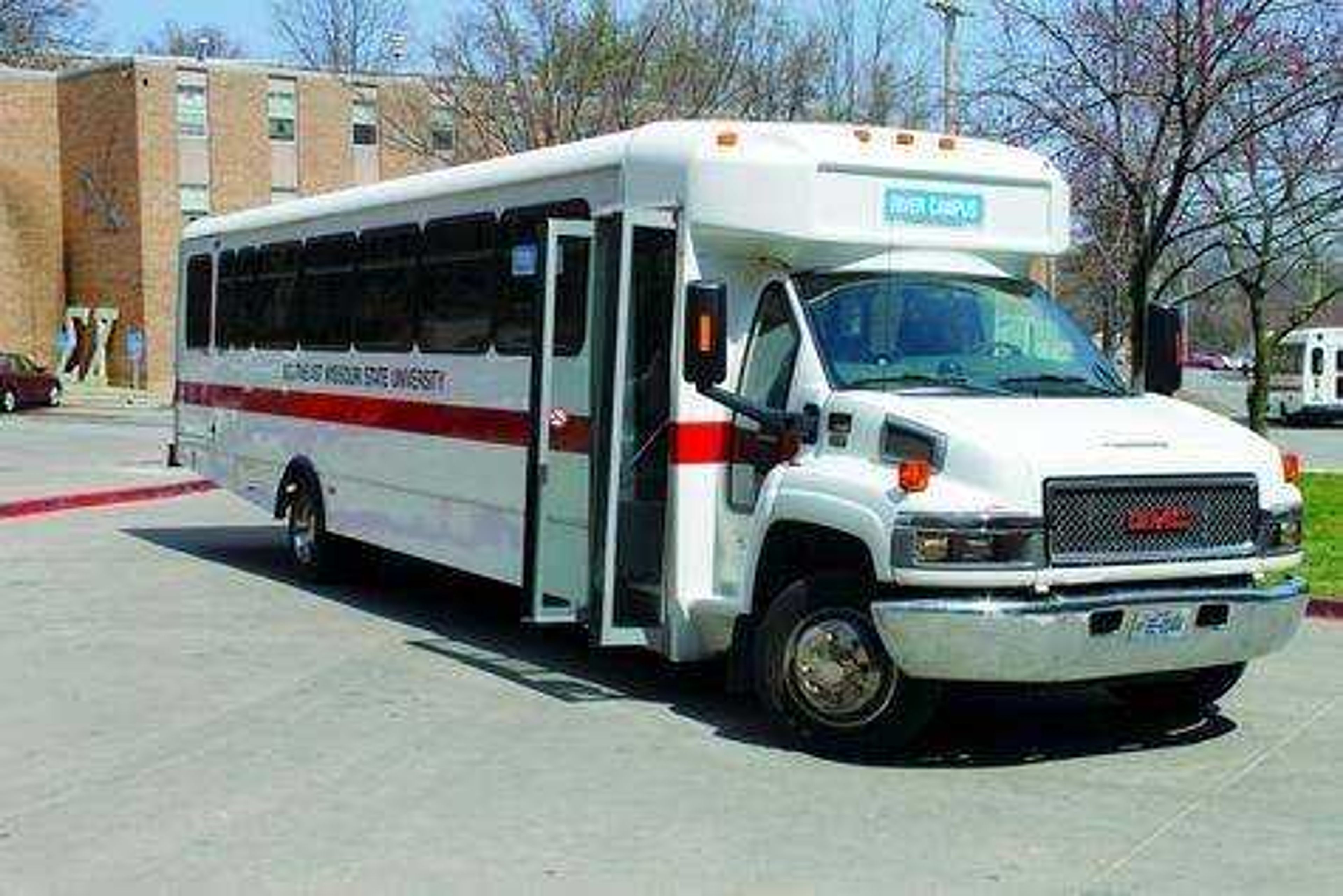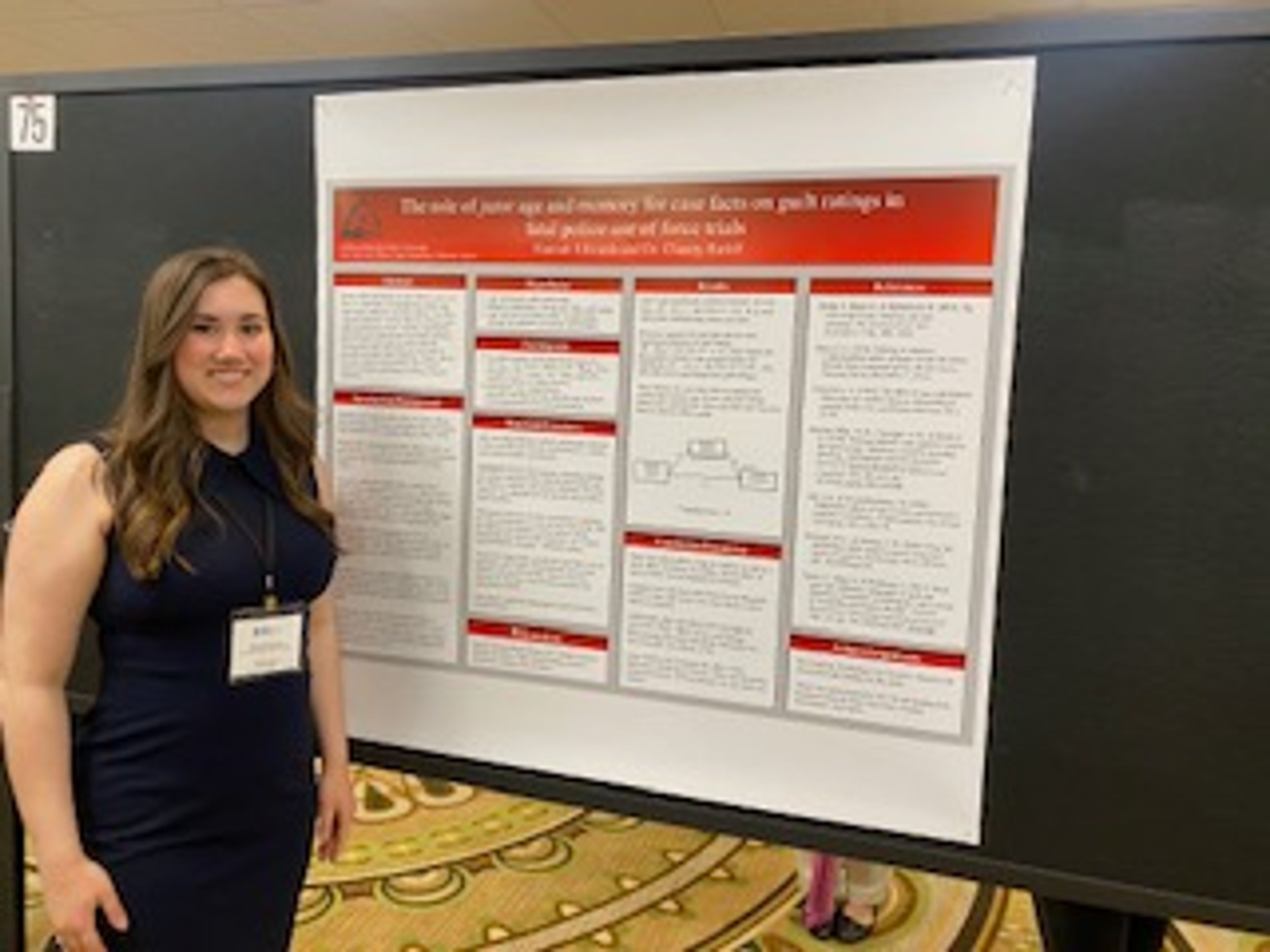Southeast Missouri State University shuttle bus 706 experienced a small engine fire about two weeks ago due to an alternator failure that caused the serpentine belt to slip.
Jerry Lacy, who oversees transit bus operations, said that it is the worst problem he has seen with the shuttles.
"I've been here seven years, and that's the first time we've had any wiring problem where it actually created a fire, so that's very, very rare," Lacy said.
Beth Glaus, the manager of the transit service, echoed this sentiment. Glaus said that the average shuttle costs approximately $56,000, but the larger ones such as the River Campus shuttles can cost as much as $100,000.
"In my years here, I have not come across a mechanic telling me you're up into the $40,000 and $50,000 worth of repairing this bus," Glaus said. "If buses could be supplemented and replaced on a five to seven year plan, that's pretty good based on the years that you can get out of them."
Glaus said there are differences between the cost for maintaining and repairing gasoline and diesel fueled engines. Southeast will gradually replace the diesel fueled shuttle buses with gasoline powered vehicles.
"A diesel engine is made to get out on the highway and run," Lacy said. "Well, we run them for a hundred yards and stop, and it's hard on a diesel engine to let it idle. So eventually ... they would like to get out of the diesel business and get all gasoline buses."
Repairing the buses is generally cheaper than replacing them. With repairs being needed infrequently, cases such as the engine fire on bus 706 will not hinder the transit operations beyond switching the bus for one that is operational.
Budget allowing, Southeast may replace a bus in five to seven years, and replacement becomes difficult with unexpected costs for repairs.
"Now, when you're replacing a $60,000 vehicle, I can do a lot of repairs for $60,000," Glaus said.
Glaus said many of the buses purchased were from the same manufacturing year, and they are approaching the end of the capacity that was expected of them. However, they fully meet the standards that are set for safety and regular operation.
"Well if your budget allows to replace a vehicle every five to seven years and you have four or five of them of the same manufacturing year, you're not going to be able to replace all of those when they start to reach the point where you're having more repairs than one may think is doable," Glaus said. "You can't replace all of those at once."
The shuttles are checked every day for visible flaws by their trained operators and tested with a "pretrip" before receiving and delivering passengers. Maintenance, such as checking oil or brake fluid levels, takes place once per week.
Lacy said there are two types of drivers -- term drivers and student drivers. Term drivers are retirees that sometimes do maintenance checks.
"I've got a term driver that comes in at 5:30 or 6 in the morning, and he checks two or three buses," Lacy said. "We check them all once a week for oil, power steering fluid, brake fluid and anything under the hood he takes care of."
Glaus said that issues such as tire degradation or oil changes are expected as natural wear on equipment, but even unanticipated problems are budgeted.
The transit service receives 5307 federal funding from the Federal Transit Administration, which goes through Cape County Transit Authority.
"If I spent a dollar of federal funds the university matches that dollar, and then the federal government refunds me 50 cents," Glaus said.
Glaus said Southeast often contributes more than the costs calculated to compensate for unexpected increases in business costs such as gasoline prices.
In the event that something does happen to one of the buses on any of the seven routes, there are 11 operational buses total and two WINGS shuttles.
Lacy said one of the extra shuttle buses would replace the vehicle experiencing a problem unless it was a WINGS shuttle on a Friday, in which case one of the two routes would be discontinued.
Lacy said two out of 13 buses are not in operation. Glaus said that any problem rendering a bus inoperative is difficult to predict.
"If I had my pick, they'd all break down on the lot the first thing in the morning so we know what we have to have repaired and taken care of and had plenty of time to get the replacement buses out there, and nobody would know that there's been a hiccup that morning," Glaus said. "So I realize that what I see as a manageable repair issue, when it happens out on the route and somebody's on the bus, it's always a big deal."





